Meet Karen Kitchel | Visual Artist
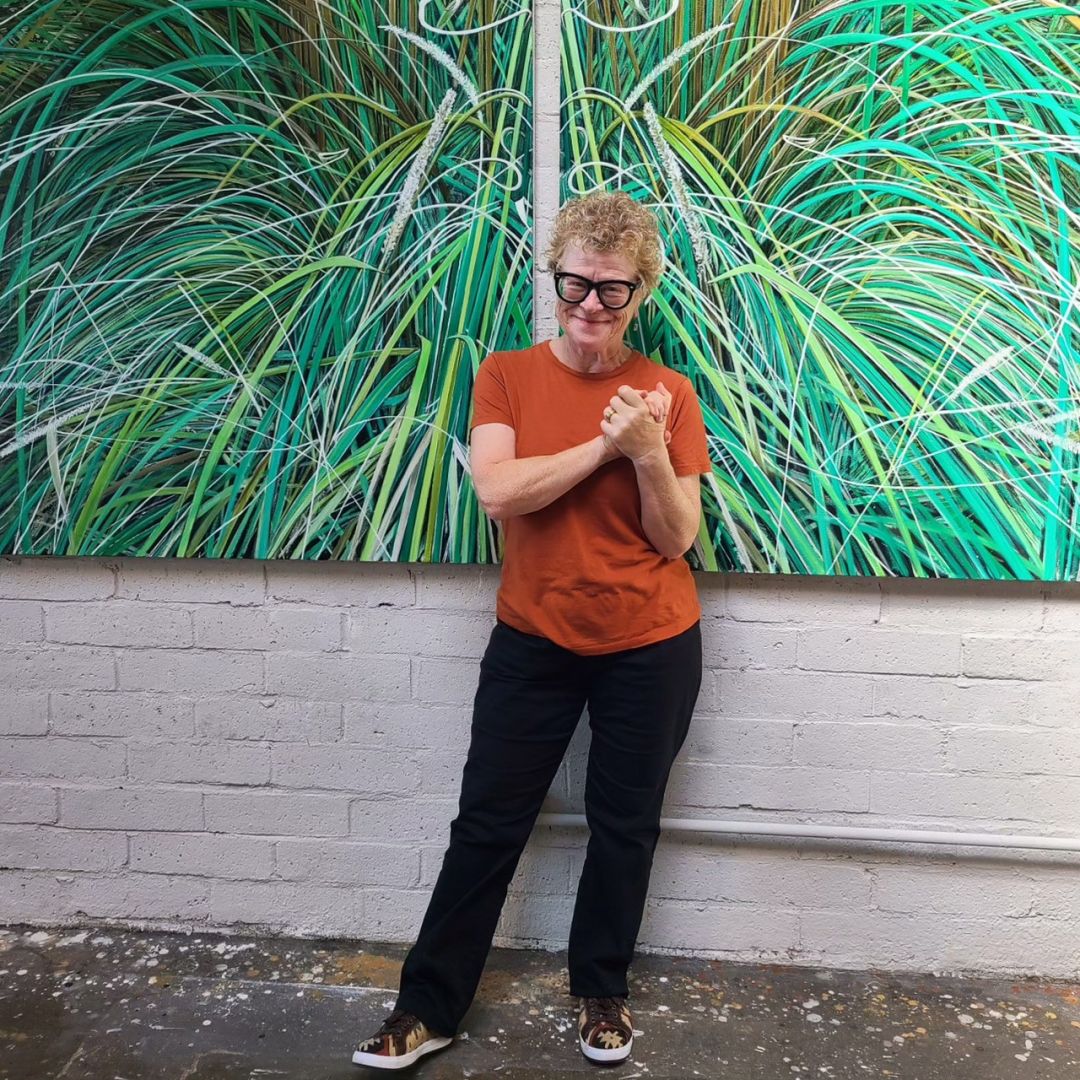
We had the good fortune of connecting with Karen Kitchel and we’ve shared our conversation below.
Hi Karen, how do you think about risk?
I take calculated risks. I don’t believe there are “sure things”, just educated—or blind—guesses. One doesn’t always see the payoffs or downfalls, it’s very instinctive, even after you’ve done your research. One example: I moved to Montana from Los Angeles in 1990, and I was scared shitless. My husband got a job offer in Billings, and I was at the end of an adjunct teaching position in Michigan. Re-location was imminent: what to do? I was afraid moving to such a faraway place might be the end of my viability in the art world. Instead, it took me on a journey of new friends, influences, confidence and subject matter that indisputably shaped my career and has placed my work in multiple museum collections. I never saw that coming—I took a chance.
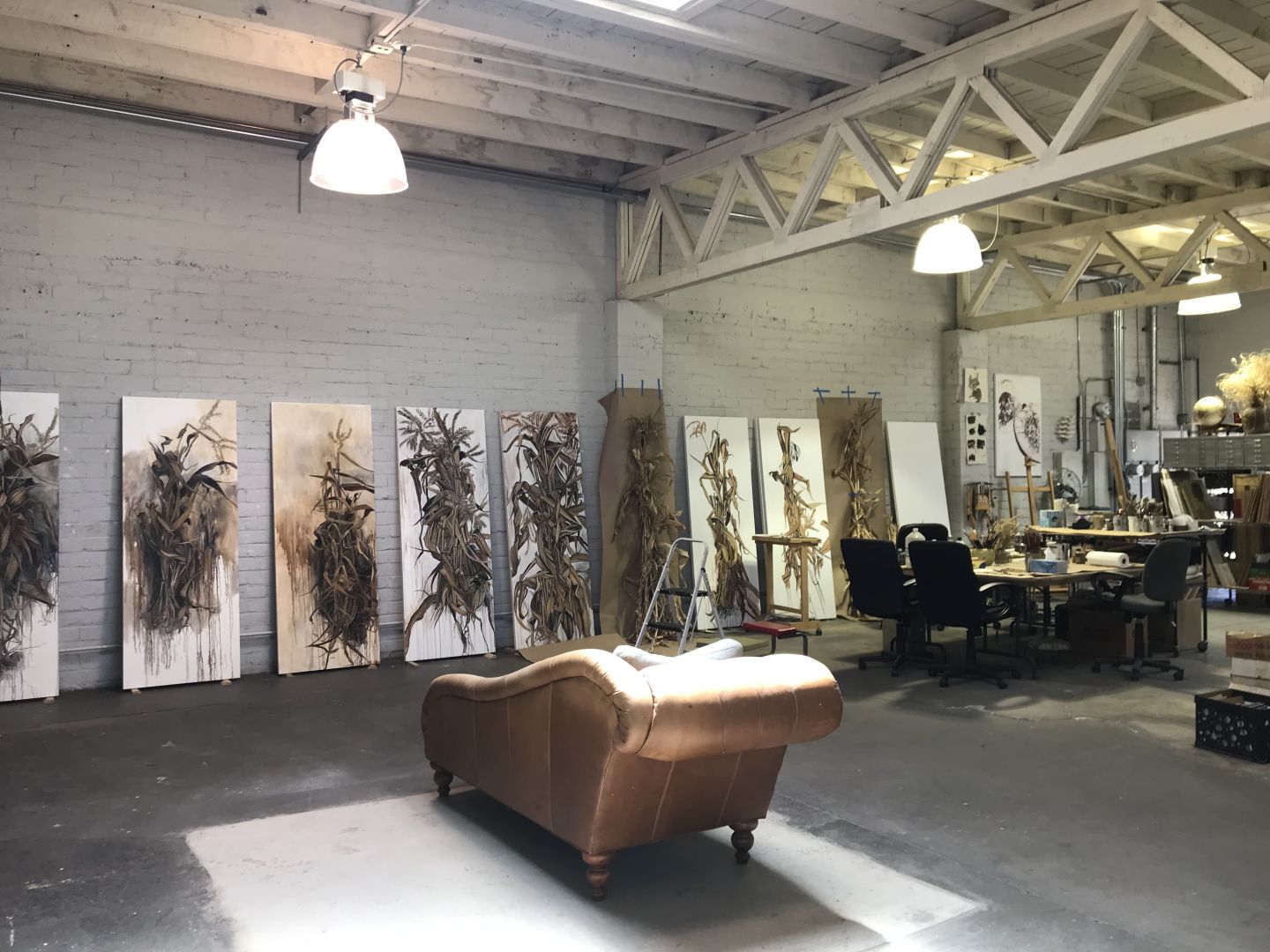
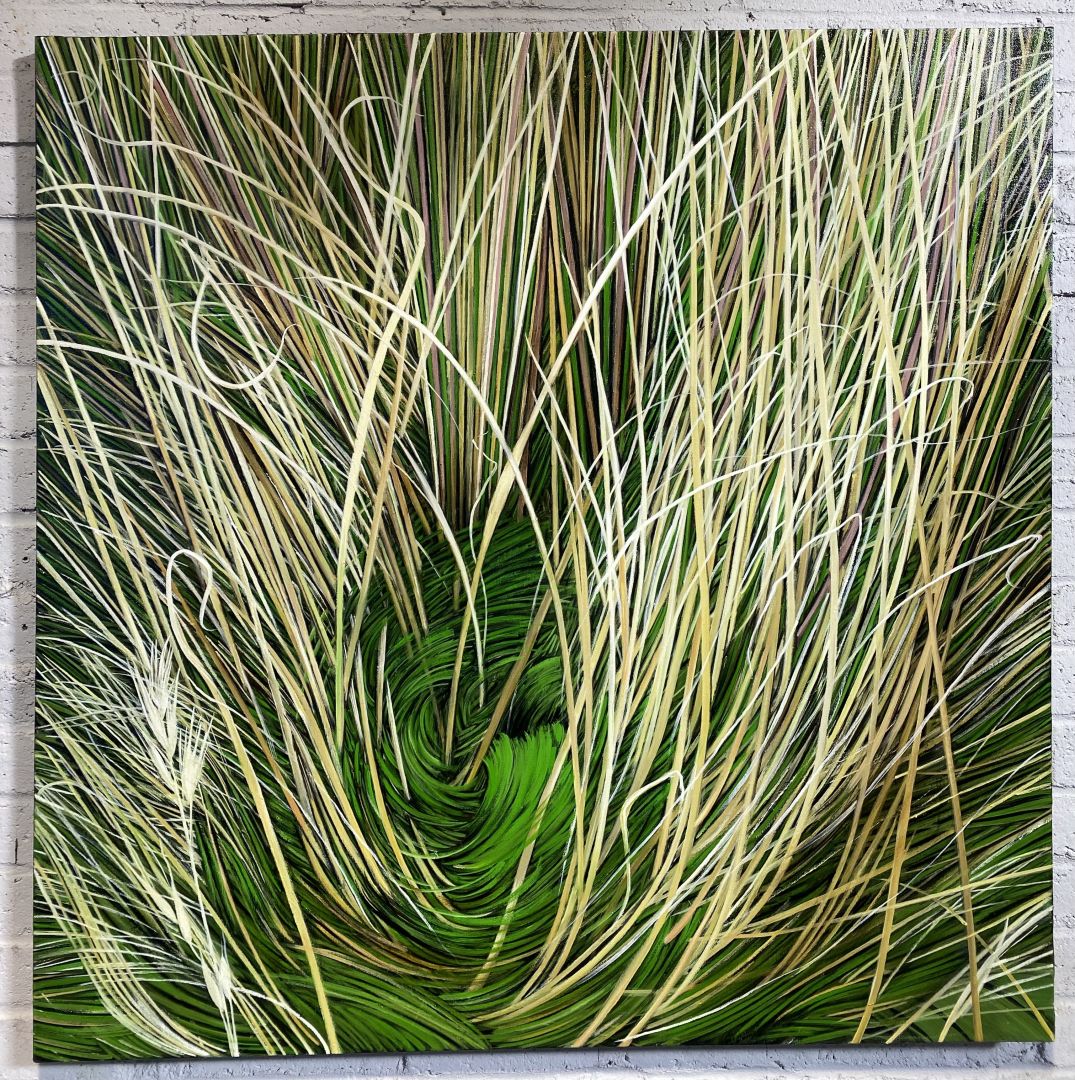
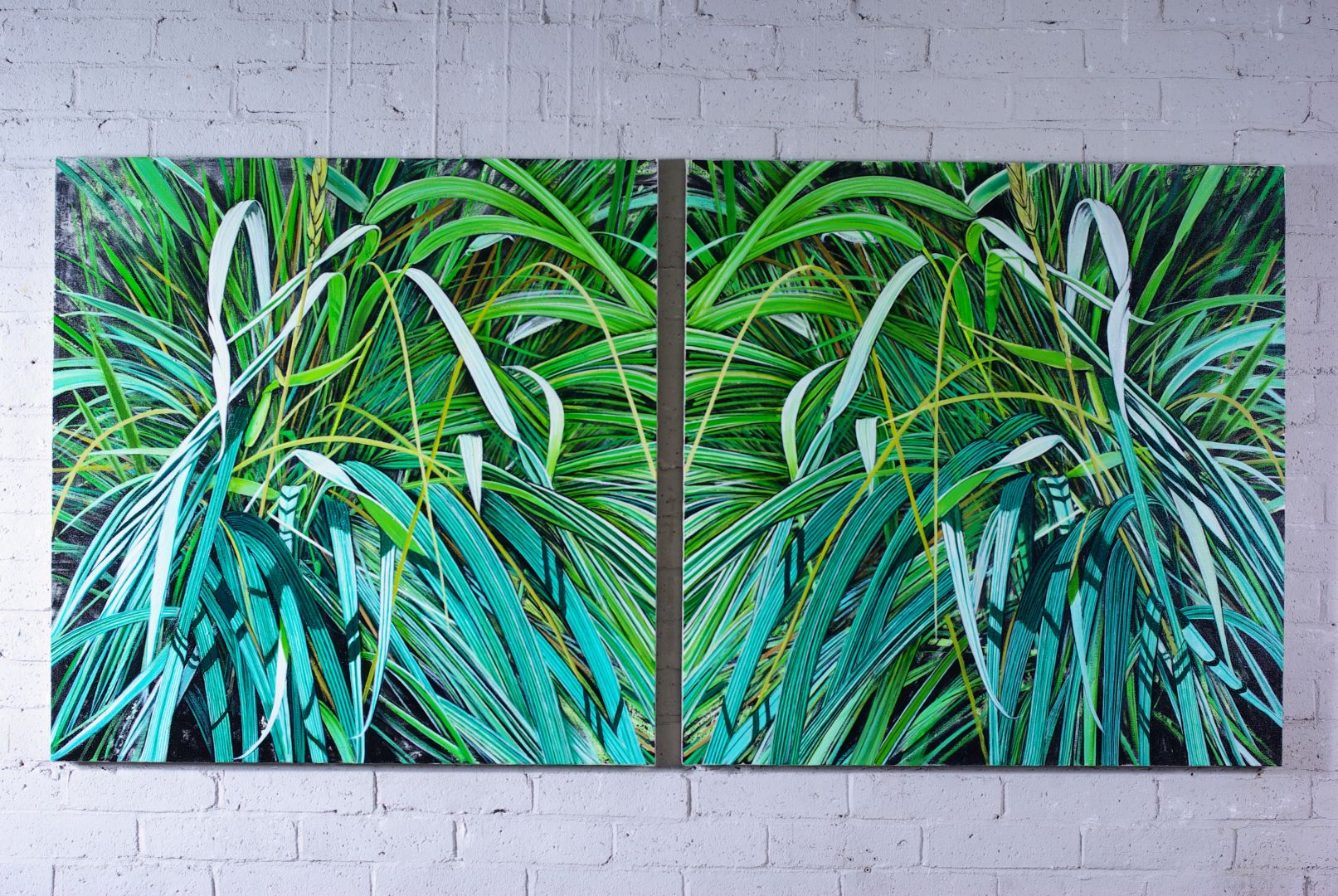 you open up a bit about your work and career? We’re big fans and we’d love for our community to learn more about your work.
you open up a bit about your work and career? We’re big fans and we’d love for our community to learn more about your work.
“What sets me apart from others” is probably best left for others to tell. I do have some observations from my many years in the profession, so I’ll approach it that way.
I’ve always had strong hand/eye coordination, a love for the physical materials of traditional art making, and a contentment with long hours spent alone. These proclivities added up to an attraction to representational painting, much to the dismay of the senior professors at my graduate school. I was still at the beginning my personal investigation into Landscape as a motif when I moved to Montana, eight years after getting my MFA. The sheer number of traditional landscape painters in the state was surprising, and mind-numbing, with most artists on interchangeable journeys of self-investigation and nature worship. I was very frustrated with the professional and intellectual environment there, while at the same time astonished at the breathtaking natural one. I worked extremely hard during those seven years to try and bridge that gap. I was searching to make a new landscape art that respected and questioned the stunning landscape, not naively reproduced it. When I moved to Denver in 1997, the Denver Art Museum bought twenty paintings from that struggle. It was the first of several museum acquisitions.
I feel like I will never overcome the challenges of this career. That is one of the most exhausting disappointments; you only seem to be as good as your last show, your last sale, or the status of your latest publication. It is even harder with the shrinking role of art criticism. I would rather just work, and ride my bike.
Some important lessons have emerged. Take care of yourself. Spend your time wisely. Ask yourself hard questions.. Be a member of the art community, but participate in the way that fits for you. There is not a single way, anybody who says there is, is just trying to get you to invest in their path instead of your own. Protect your work, but trust your work to do its job. Be generous.
My brand today in the museum world and marketplace has emerged as “the person who makes the anti-horizonline paintings.” The work is often a multi-view installation that adds up to a location presented over time. The product is a result of my natural skills, weaknesses, stubbornness, the things I’m genuinely interested in, and the willingness to put in the time. I’ve learned a lot by paying close attention to who collects my work, and where they put it.
I hope the world will see how much I believe in my art, and in them, when looking at my paintings. I don’t take shortcuts, I believe in the struggle.
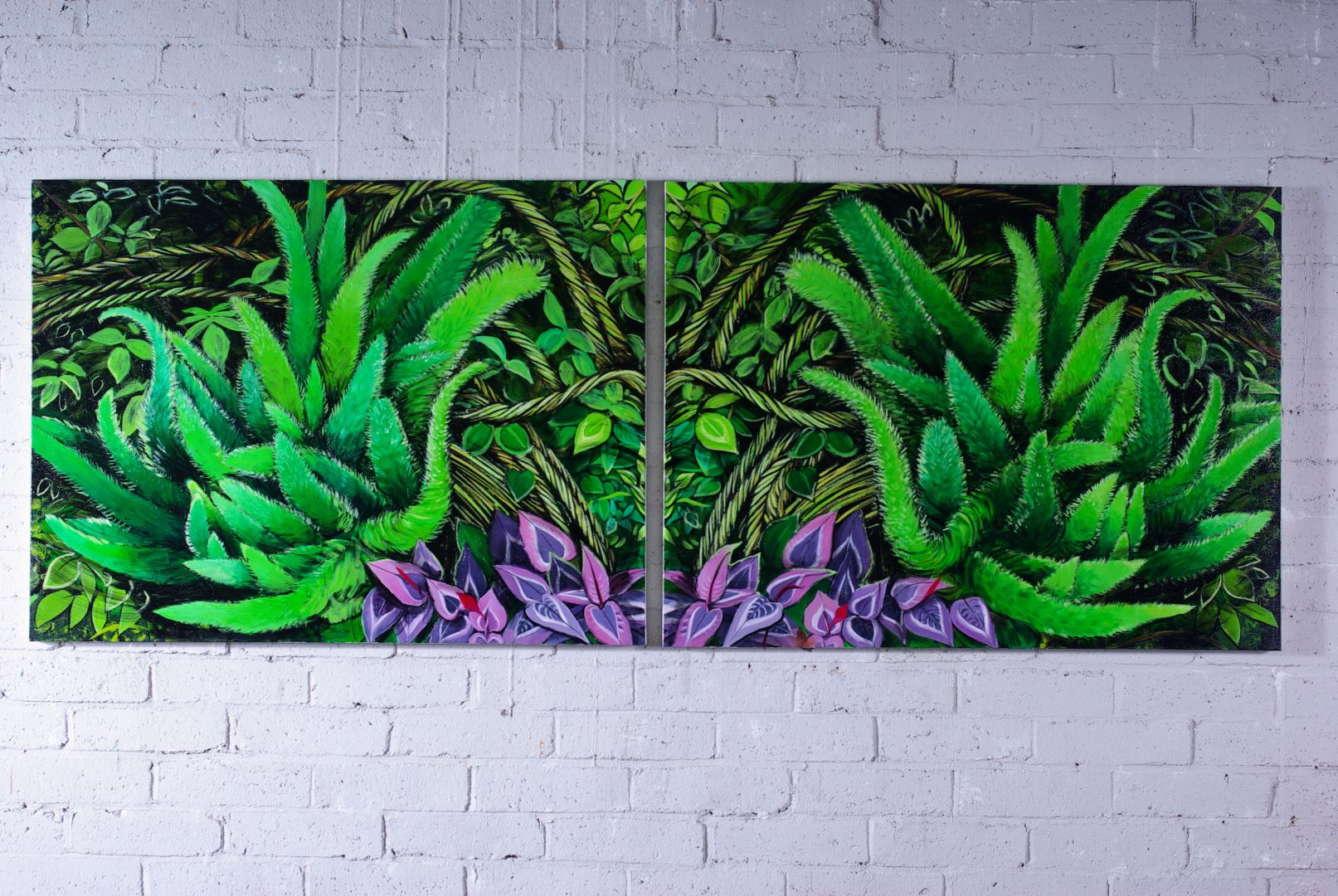
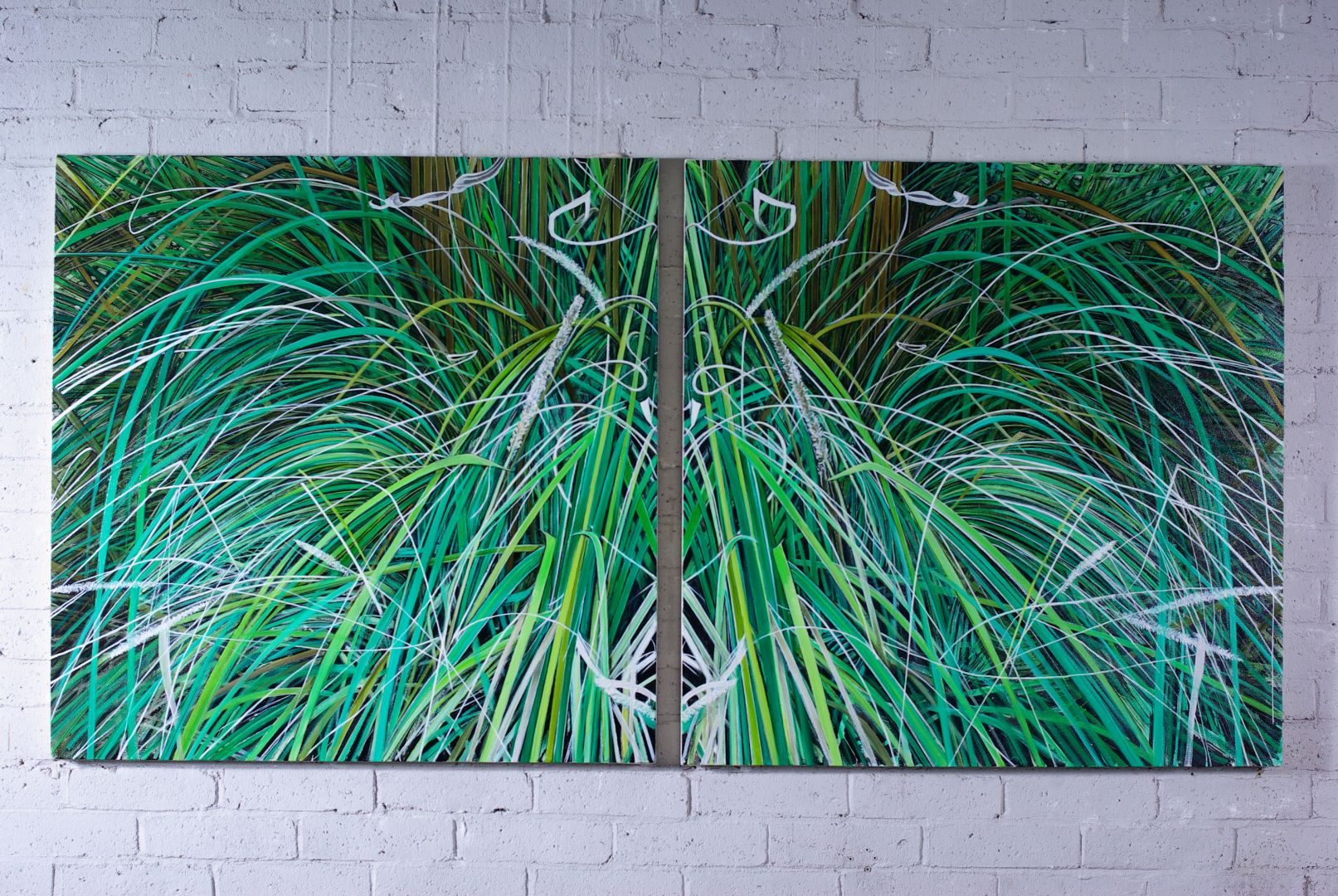 Can
Can
Let’s say your best friend was visiting the area and you wanted to show them the best time ever. Where would you take them? Give us a little itinerary – say it was a week long trip, where would you eat, drink, visit, hang out, etc.
Now that I live in Ventura, I cast a VERY wide net as a tour guide! We will visit my studio after breakfast and enjoy a second cup of coffee, then drive south on the PCH for lunch in Malibu, after which we will go to the Getty. My out of state artist friends want to see as much art as possible, so I usually stick to an exhausting schedule of museums—cramming in as many as we can fit in a couple days. The Hammer and LACMA are a must. If one of my friends has work up in a gallery somewhere, we will stop in. After grabbing burritos to eat in the traffic, we’ll drive to Pasadena and spend the night at a friend’s. If we have a place to crash in DTLA, we get lunch at Sushi Gen on 2nd Street, visit MOCA, the Cathedral of Angels, then attend a performance at Disney Hall, which I sincerely love. The next day we will go the Norton Simon, the Huntington, and a couple of thrift stores. Maybe dinner at Malbec Restaurant on Colorado Blvd., then a night of art gossip before driving to Palm Spring the next day to see if my work is on view at the museum, then hanging out by the pool at Casa Cody. Dinner and drinks downtown is always excellent fun.
If we have any juice left, I’ll drive over to Riverside the next day to see the exhibits at the Cheech and the Riverside Art Center. A splurge overnight at the Mission Inn, and I’m ready for the long drive home. If traffic is bad, we’ll make a stop in Claremont to see the exhibits at the Benton Museum at Pomona College, the Williams Chandler Gallery at Scripps, and the Claremont Museum of Art in the beautiful restored depot in the sweet downtown. Did I mention more coffee? It’s still another couple hours to Ventura.
For the farewell segment of the trip, I will take my visitor to the beautiful beach in Ventura to watch the surfers, then drive north for an hour to do some wine tasting at Los Olivos. Back home for a fabulous dinner cooked by me, then a last sleep in my guest room before I take you to the train. Ventura is connected to both Burbank Airport and downtown LA by Metrolink and Amtrak. Hurry back!
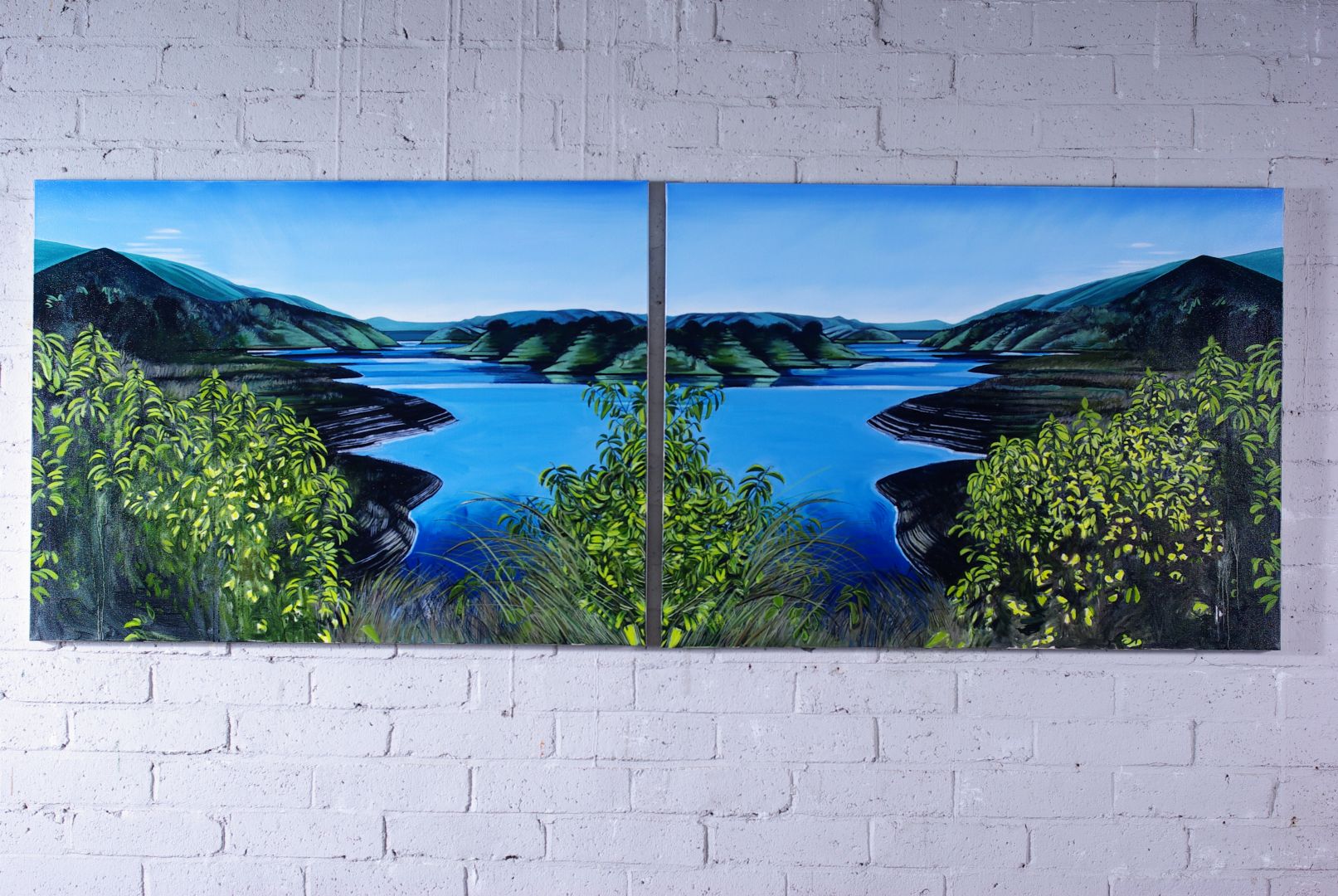
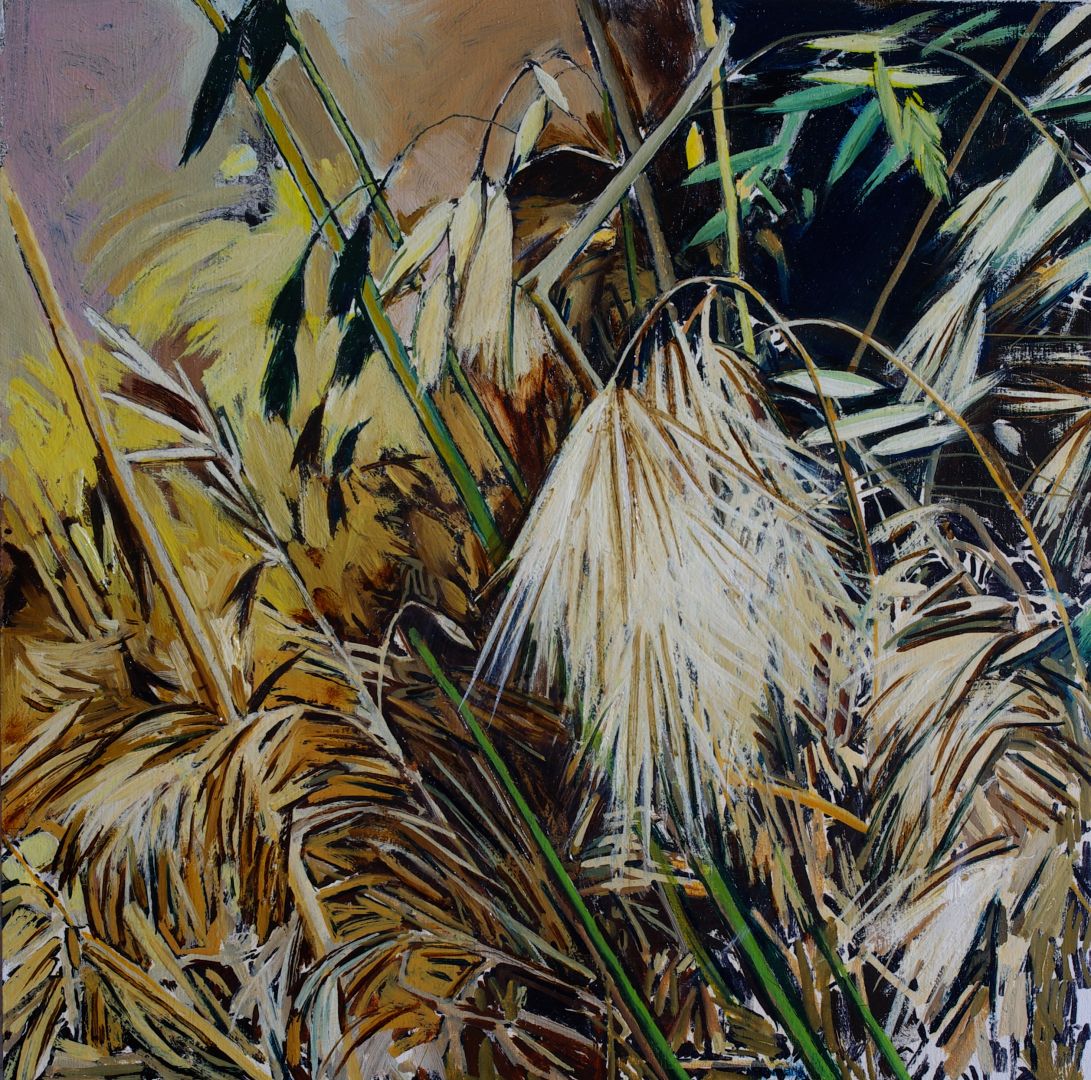
Who else deserves some credit and recognition?
I’m sure I would have dropped out of art school without the mentorship of feminist trail blazer Faith Wilding, so I will always remember her support. Also, Senior Curator Katherine Hough at the Palm Spring Art Museum, who gave me my first museum exhibition.
Website: www.karenkitchel.com
Instagram: karen_karenkitchel
Linkedin: Karen Kitchel Art Productions
Facebook: Karen Kitchel
Image Credits
Gary Keene
